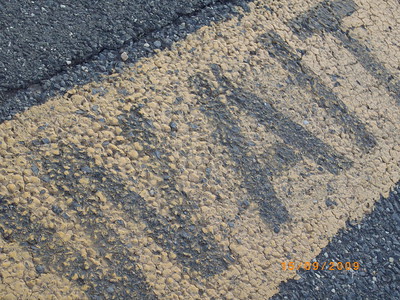Last year, prior to the pandemic, WCC planned to close the Morris Lawrence Building for a major renovation. The cost of this work was $9M. The pandemic arrived, but instead of using the campus closure to rehab the building, the WCC administration put the project on hold. The rehab project is now underway again, at a new cost of $10M. This is the price of waiting.
So, the taxpayers will now pay $1M more for a building that should have been rehabilitated years ago. WCC’s persistent neglect has left the building in poor condition. Recently, I heard a contractor’s assessment that the Morris Lawrence Building has become so decrepit that WCC should raze it. Once again, this is the price of waiting to conduct maintenance and repairs.
Ongoing problems in the Morris Lawrence Building are far from the only building problems that have surfaced on campus. The buildings have been sitting largely unused for the past 14 months. During the shutdown, the buildings have experienced severe plumbing problems and copper thefts, among other issues. Again, these are the result of neglect.
The WCC CFO spends time each month at the Board Meeting putting a happy face on the price of waiting. But that doesn’t change the dire condition that some of the campus buildings have fallen into. The solution is to properly fund the maintenance and upkeep of the campus buildings. The current administration has demonstrated annually that it refuses to prioritize the community’s investment in the campus infrastructure. Therefore, the best way to ensure the safety and well-being of the campus buildings is to adopt an Asset Protection policy.
Asset Protection zeroes out the price of waiting
Other community colleges have made building upkeep an inviolable condition of employment for the College President. Such a clause covers all campus assets, tangible or otherwise. Creating an ongoing maintenance backlog by inadequately funding campus maintenance would create a breach of contract between the president and the Board of Trustees.
The consequence of not having an Asset Protection clause is that money that the taxpayers have provided for building maintenance routinely goes elsewhere. Over time, maintenance issues turn into expensive, major problems. Left unaddressed long-term, these issues can result in the destruction of publicly owned assets, like the Morris Lawrence Building.
Authentic oversight means establishing standards and expectations and holding the College Executive to them, no matter what. Allowing Washtenaw County taxpayers’ assets to crumble is unconscionable. Failing to conduct repairs in a timely way, such that the expense of the repair increases by 11% over one year, should be grounds for dismissal. Pandemic or no pandemic, WCC had both a plan and the money to repair the ML Building. Since the campus was closed, the pandemic would have been the ideal time to carry out that project. Instead, the taxpayers get to pay $1M more for a repair that was borne almost completely out of neglect. Washtenaw County taxpayers should not be forced to pay the price of waiting to address campus upkeep.
Photo Credit: Scapegoat of Pie, via Flickr



























